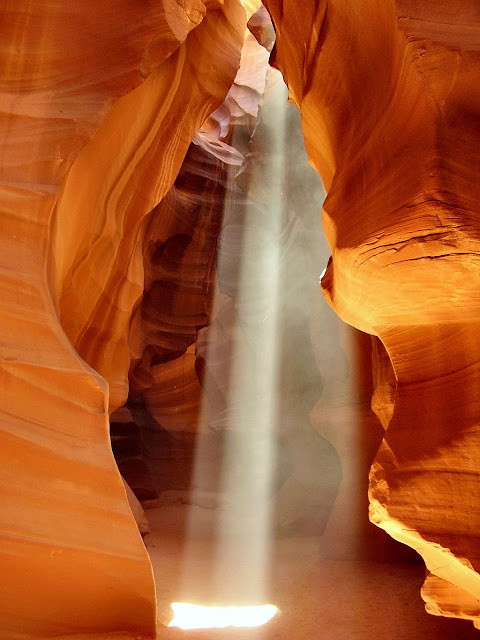Day 45 (D-16) The Hopi / Kachinas
Another American Native tribe: The Hopi
The Hopi are a Native American tribe, often recognized for populating the North American continent and in particular, Arizona. As of the 2010 census, there are 19,338 Hopi in the United States. The Hopi language is one of 30 in the Uto-Aztecan language family. The majority of Hopi people are enrolled in the Hopi Tribe of Arizona, but some are enrolled in the Colorado River Indian Tribes. The Hopi Reservation covers a land area of 2,532 square miles, 6,557.26 km2.
The name Hopi is a shortened form of their autonom (their name for themselves), Hopituh Shi-nu-mu ("The Peaceful People" or "Peaceful Little Ones"). The Hopi Dictionary gives the primary meaning of the word "Hopi" as: "behaving one, = one who is mannered, civilized, peaceable, polite, who adheres to the Hopi Way. In contrast to warring tribes that subsist on plunder.
Traditionally, Hopi are organized into matrilineal clans.
The Hopi have always viewed their land as sacred.
Hopi and the Grand Canyon, a sacred place: https://www.youtube.com/watch?v=P_y2i85-RWY
On December 16, 1882, President Chester A. Arthur passed an executive order creating a reservation for the Hopi. It was smaller than the surrounding land that was annexed by the Navajo Reservation, which is, as we have already seen, the largest Indian reservation in the country.
Today, the Hopi Reservation is entirely surrounded by the much larger Navajo Reservation.
From the article I made reference to when presenting the Navajo Nation: "The Census Bureau said the average
unemployment rate in tribal areas in Arizona was 21.6 percent in 2016. On the Hopi Reservation, Andrews said, unemployment is up to 60 percent."
https://cronkitenews.azpbs.org/2018/05/09/despite-gains-native-american-employment-still-lags-behind-nation/____________________________________________
Kachina: a spirit being in the religious beliefs of the Pueblo people, Native American cultures located in the southwestern part of the United States. The kachina concept has three different aspects: the supernatural being, the kachina dancers, and kachina dolls, small dolls carved in the likeness of the kachina, that are given only to those who are, or will be responsible for the respectful care and well-being of the doll, such as a mother, wife, or sister.
From Jesse Walter Fewkes (1894) Dolls of the Tusayan Indians, E.J. Brill, Leiden, Netherlands, Plate 11.
Kachinas are spirits or personifications of things in the real world. These spirits are believed to visit the Hopi villages during the first half of the year. A kachina can represent anything in the natural world or cosmos , from a revered ancestor to an element, a location, a quality, a natural phenomenon, or a concept. The local pantheon of kachinas varies in each pueblo community; there may be kachinas for the sun, stars, thunderstorms, wind, corn, insects, and many other concepts. Kachinas are understood as having humanlike relationships; they may have uncles, sisters, and grandmothers, and may marry and have children. Although not worshipped, each is viewed as a powerful being who, if given veneration and respect, can use his particular power for human good, bringing rainfall, healing, fertility, or protection, for example.
If you are interested, you'll see here the difference between the Hopi and Navajo kachina dolls. (Less than 2 minutes) https://www.youtube.com/watch?v=qdcWXONEA74
And for fun, a little Hopi vocabulary:
My best,
Jane
-- revered = very much respected and admired
For pronunciation-->
https://www.youtube.com/watch?v=0xImaKKUnhE
https://dictionary.cambridge.org/us/pronunciation/english/revere





Comments
Post a Comment